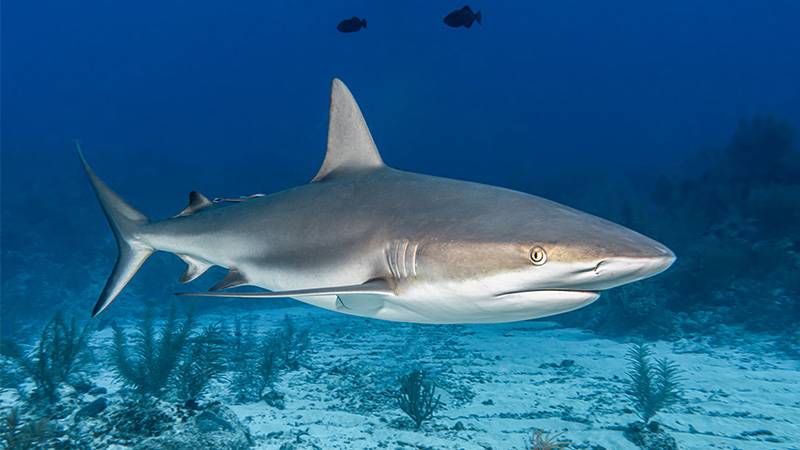In an innovative approach to marine conservation, scientists are now mapping the habitats of endangered sharks and rays to pinpoint the most critical areas for their survival. This initiative, known as the Important Shark and Ray Areas (ISRA) project, is a significant step towards safeguarding these imperiled species, which are essential for maintaining healthy marine ecosystems. By identifying key locations that are vital for the life cycles of sharks and rays, such as feeding, mating, and nursery grounds, the project aims to provide a scientific basis for conservation efforts worldwide.
The oceans, with their vast and varied ecosystems, are home to an incredible diversity of life. Among the most threatened inhabitants are sharks and their relatives, including rays and chimaeras. With over one-third of all known species at risk of extinction, the urgency to protect these marine predators has never been greater. Their decline poses a severe threat to oceanic food webs and, by extension, the overall health of marine environments.
The ISRA project, spearheaded by marine conservation biologists, employs a strategic approach to conservation previously used for land animals and marine mammals. By adapting criteria from established conservation frameworks to the unique needs of sharks and rays, the project identifies and designates Important Shark and Ray Areas. These areas are critical for the animals’ survival, encompassing regions essential for various life processes.
Sharks and their relatives are some of the most imperiled animals on Earth: More than one-third of all known species are threatened with extinction. Many of these animals play vital roles in their ecosystems. Losing marine predators can destabilize entire food webs and the ecosystems that these food webs depend on.
One of the project’s highlights is the Fuvahmulah Atoll in the Maldives, where divers can observe an array of shark species in their natural habitat without the need for bait. Such encounters underscore the importance of preserving these areas not only for the sake of the species but also for the continued enjoyment and education of humans.
According to The Conversation, the ISRA project’s methodology includes hosting regional workshops around the world, inviting local experts to nominate areas for consideration. Following a rigorous review process, selected areas are added to an online e-atlas, which is updated every ten years to reflect new research and environmental changes. This atlas serves as a valuable tool for informing conservation policies and guiding the designation of marine protected areas.
Recent compendiums published by the project have identified numerous Important Shark and Ray Areas across the Mediterranean and Black seas, as well as the western Indian Ocean. These areas vary in size and habitat type but are united in their significance for the survival of endangered species, such as the critically endangered blackchin guitarfish and the heavily fished common smoothhound shark. The diversity of habitats—from shallow coastal zones to deep ocean waters—highlights the complexity of marine ecosystems and the need for tailored conservation strategies.
The project’s ultimate goal is not automatic protection for these areas but to inform and influence existing conservation planning and management processes. By providing a scientific foundation for the importance of specific habitats, the ISRA project hopes to facilitate the integration of these areas into broader conservation frameworks, such as marine protected areas or other types of ocean preserves.
As the project progresses, the collaboration of hundreds of scientists and experts worldwide is pivotal in highlighting the need for focused conservation efforts on these special marine environments. Through the ISRA project, there is hope that endangered sharks and rays can be given the attention and protection they need to survive and thrive, ensuring their continued role in the ocean’s intricate web of life.
More inspiring green news similar to this:


